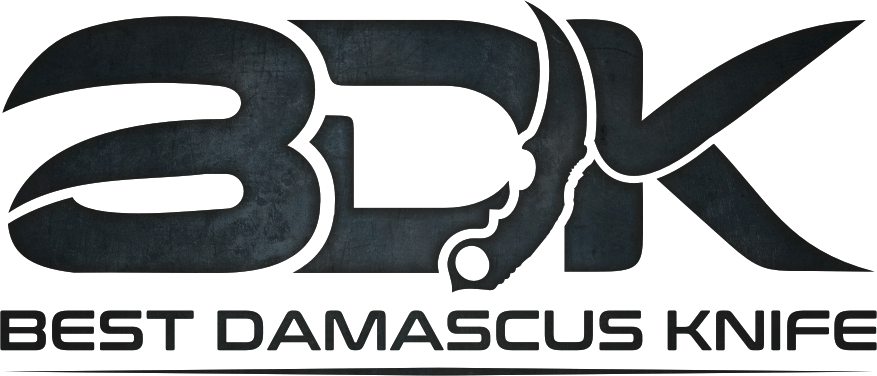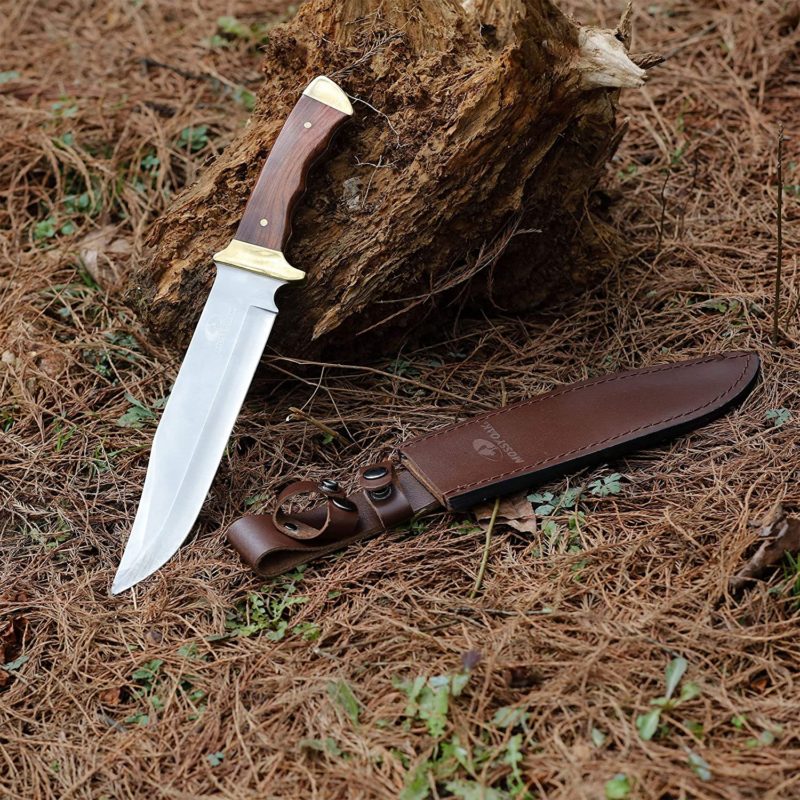In simple words, the tang of the knife is the unsharpened, normally unexposed section of the blade that continues down the handle. Now I at BestDamascusKnife will discuss the tang of a knife. These we are explaining some knife tangs. Perhaps you are very enthusiastic to acknowledge full tang knives? Everything I will describe in this post What Is Full Tang Knife and types of tangs advantages and disadvantages of a full tang knife. Therefore without delay let us begin What Is Full Tang Knife?
When a knife is supposed to have a full tang, this means that the thick piece of metal that forms the blade goes down the handle as well. A full tang knife relies on its construction and durability on a solid, constant piece of metal.
The contrast of this is partial tang, where the blade simply increases partially by the handle. A full tang knife could just as well be utilized without a handle and has an extremely more substantial form than a partial-tang blade.
What is Full Tang Knife? How do I know the knife is Full Tang?
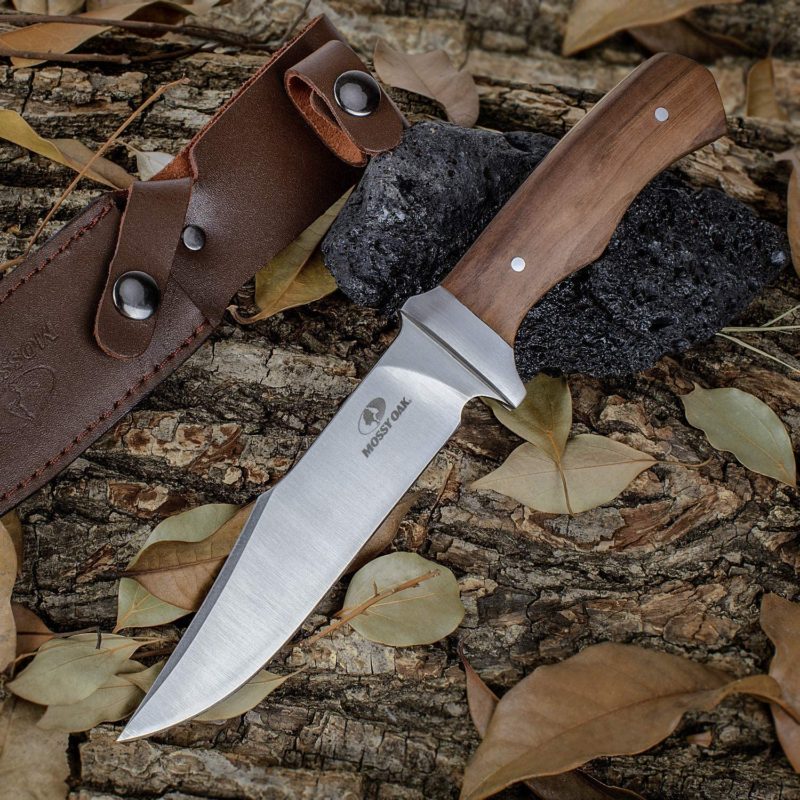
How do I know the knife is Full Tang
Well, as viewed earlier, knives that have large blade material that goes down during the whole handle may be regarded as the full tang. Hence, tapered, hidden, encapsulated, extended, and skeletonized tangs are normally all granted full. In several full tang knives, you can truly see the shape of the solid metal frame throughout the blade. Though, not recognizing this does not imply that the tang is not full! Certainly, in other varieties of tangs, such as an encapsulated or a hidden tang, you would not view any blade material on the handle, as it is being wrapped up by the material utilized for the handle. Usually, when you buy a knife, the manufacturer should state whether or not the knife has a full tang.
Though, if you did not consider the package labels, it is not difficult to decide if your knife has a full tang or not. If you have used your knife for batoning, fire steel striking, or other such activities, without sensing a weakening of the blade-handle joint, then your knife is a full tang.
What are the types of tangs?
The knives arrive in every shape and size. Hence there are several different kinds of tang accessible in the store. Though, while all these varieties have their specifications, they can further be commonly connected to as having either a full tang or a partial tang.
Full tangs
- Full Tang
- Hidden Tang
- Skeletonized Tang
- Encapsulated Tang
- Extended Tang
Partial tangs
- Rat-tailed Tang
- Push Tang
- Partial Tang
- Tapered Tang
Full Tang
This is the normal full tang that can be seen in multiple survival knives. The tang stretches the whole length of the handle. The handle is normally built up of two parts, attached on either side of the tang with iron rivets. The full-tang knives are strong, secure, and stable, which is usually great for survival knives. The varieties of the full tang hold the extended tang, the encapsulated tang, and the hidden tang.
Partial Tang
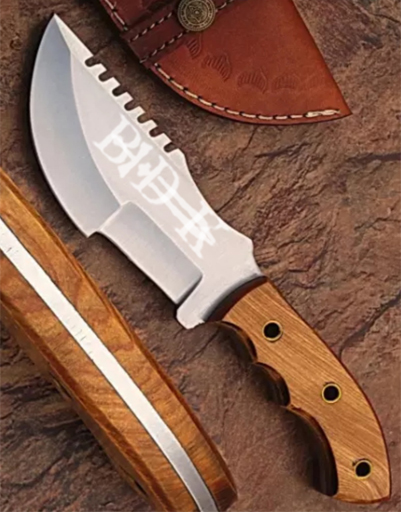
Partial tang Knife – Half tang
This is the counterpart of a full tang knife. In a partial tang knife, the tang simply continues to a fraction of the length by the handle. Therefore, the knife is not as strong and enduring as a full tang knife. The benefit is, though, that partial tang knives are usually cheaper and simpler to build. But if you are viewing at buying in a serious outdoors or bushcraft knife, my gut feeling would be to bend more towards a full tang. The varieties of the partial tang knife include the push tang and, in some cases, the tapered tang.
Rat-tailed Tang
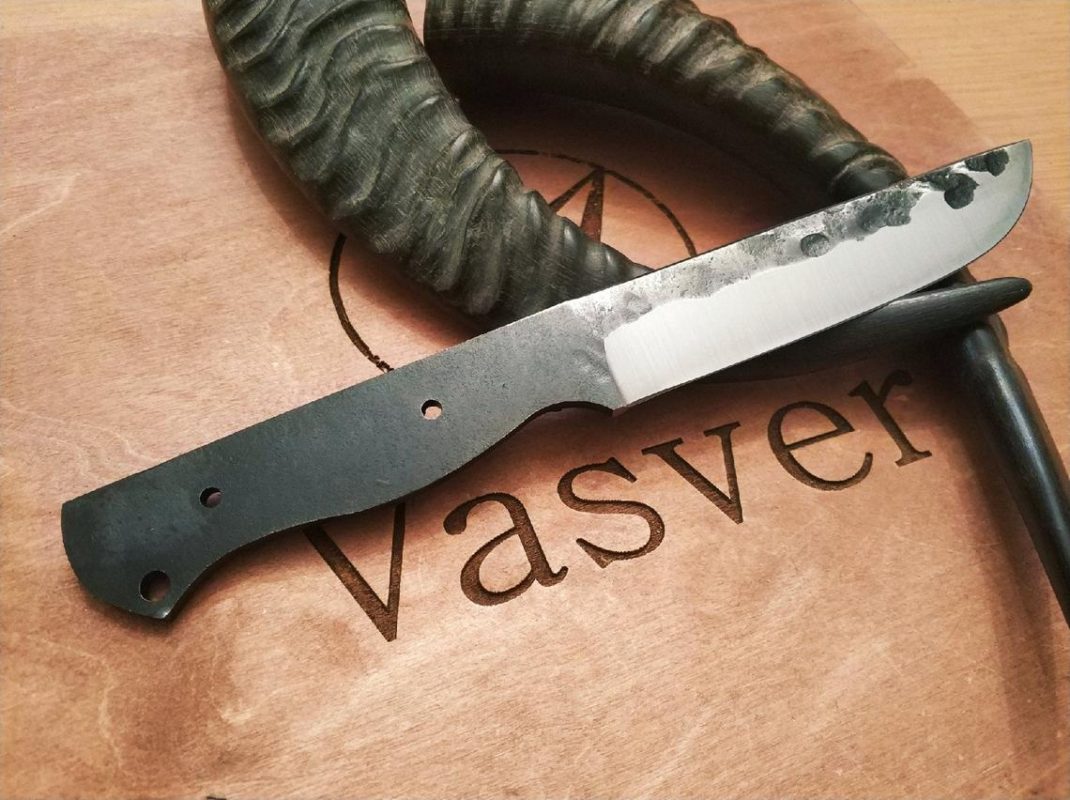
Rat-tailed Tang Knife
This item is pretty uncertain. The rat-tailed tangs, as the name implies, prolongs simply very thinly by the handle. Although they normally spread the entire length of the handle, I do not myself consider them full tangs. This is because I think that you necessitate at least a specified amount of material making the tang view the knife full tang. A normal full tang knife is normally much more strong than a rat-tailed, and I would not believe a rat-tailed tang as much as I believe any variety of full tang.
Hidden Tang
The hidden tangs are a variety of full tangs. While in a normal full tang knife, the diameter of the tang is normally identical to the width of the blade, this is not the problem in hidden tangs. The hidden tangs have an insignificantly smaller tang in contrast to the blade. Though, there is still a large amount of material that goes down by the handle, which is why hidden tang knives are normally as strong and secure as traditional full tangs.
Tapered Tang
A tapered tang can be defined as a tang that loses size as it spreads over the handle. Therefore it slopes, or tapers, down the handle of the knife. The tapered tangs can be either full or partial, which normally depends on where the tang reduces to. If the tang slopes down over the whole length of the handle, the knife has a full tapered tang. Unless the tang can be regarded as partial.
Encapsulated Tang
A knife with an encapsulated tang is a full tang knife. The tang extends the entire length of the handle. However, you won’t be able to see any of it, and you might think that it is just a partial tang knife. This is because the handle material covers up the tang (the tang is encapsulated into the handle). Encapsulated tangs have the same advantages as regular full tang knives, except that they can be easily mistaken for partial tangs.
Skeletonized Tang
In skeletonized tangs, long segments of the tang are cut apart through the building process. Though, the tang yet continues throughout the whole handle, which allows it to keep its full tang features and benefits. Another benefit of skeletonized tangs is the lightweight of the item as the material has been raised.
Push Tang
The blade of the knife is driven into the handle and set into place while the building process. This occurs in a partial tang, which presents for a blade that is not truly fastened to the handle. Push tang knives will have a more vulnerable blade than full tang knives but are more comfortable to make. Although there are some excellent quality push tang knives, I would not try to baton a log or lever a rock utilizing a push tang knife.
Extended Tang
An extended tang is primarily a full tang but presently extended, as the name implies. The tang stretches out the end of the handle, making a thin handle. In most maximum knives with extensive tangs, the part of the tang that holds out of the handle normally contained a lanyard hole.
Learn more about different tang types here.
What are the benefits of owning a full Tang?
The benefits of a full tang over any sort of partial tang are infinite:
- The central purpose of why full tang is a more suitable option is those partial tang knives direct to come quite loose with time. This is particularly correct when doing hardcore outdoor activities that placed the blade below a bunch of pressure.
- The connection between the blade and the handle is extremely more powerful, and the action of the blade will forever follow the action of the handle.
- The development of your handle fracture is decreased since the most maximum of the force is used and directed onto the blade of the knife.
- The Full tang knives are much more strong and will eternally be a more suitable option for all outdoor ventures, including batoning, chopping, and levering, where a partial tang knife becomes a risk.
- A full tang knife could just as properly be applied without a handle and has a much more visible form than a partial-tang blade.
Disadvantages to full tang knives?
For me, there is certainly no benefit to preferring a partial tang over a full tang, but that it might be lighter. If you need to spend in a survival knife, whether it be for dangerous purposes or just for pleasure, make assured that your knife is a full tang.
Conclusion
You can understand why a full tang is required for
What you should memorize is that:
- The tang of a knife is the section of the blade that continues forward with the handle.
- There are several different varieties of knife tangs, but the most maximum of these can be passed as either full or partial.
- The Full tang knives are extremely more sturdy and safe than Half tang knives. and therefore are a more reliable choice for the outdoors and survival conditions.
You can see why a full tang is important in any good survival or outdoors knife. There is simply no way to avoid that. A full tang knife will forever be a more suitable option than a Half tang.
